Paralympics 2020
Sports is something that many of us can bond over, whether we play an active role in it or just be a part of the conversation. It brings…
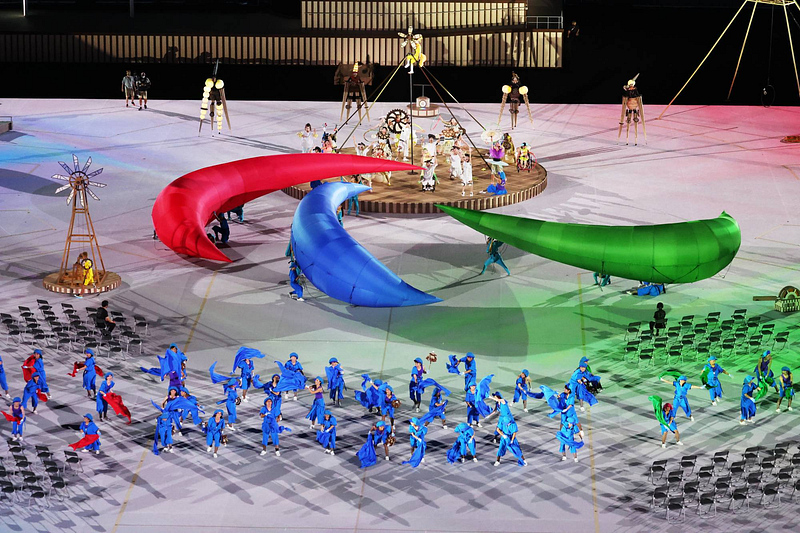
Sports is something that many of us can bond over, whether we play an active role in it or just be a part of the conversation. It brings people from different communities together, sharing their love and joy for it. However, sports have not always been accessible to everyone. Unfortunately for a long time, sports were only allowed to be played by upper class men and it wasn’t until the 1900 where women made a significant appearance in sports by participating in the second Olympic games. Although this is a huge impact and change towards sports, it still is not a diverse and inclusive community. Many people of various communities are still left behind including people with disabilities. Not only are they discriminated against in sports, but society in general still views people with disabilities as people who are not capable as much due to their impairments. This is why the Paralympics plays such a huge role for the community as it gives them a platform to show what people with disabilities are capable of.
Brief History of Paralympics & Malaysia in the Paralympics
Sports have been played by people with impairments for many years; however it was only brought to light after World War II where the main purpose was to assist war veterans who got injured during the war. Before it was called the Paralympics, a German-British neurologist called Dr. Ludwig Guttmann organised the Stoke Mandeville Games, the first competition for wheelchair athletes. It then became the Paralympic Games in 1960 where it was held in Rome. It featured a decent number of athletes from 23 countries, and since then the Paralympics has occurred every four years.

Since its Paralympic debut, Malaysia has won a total of 16 medals. Malaysia first appeared in the Paralympic Games in 1972 at the Heidelberg Games, competing in athletics and weight-lifting. This was a huge deal as Malaysia was the first Southeast Asia country to send its para-athletes to the Summer Paralympic Games. The first Paralympic medal that Malaysia achieved was in the 1988 Seoul Games. Mariappan Perumal made history by winning a bronze medal in the men’s 57kg weightlifting division. Not to mention he was the first Malaysian to win more than one medal in the Paralympic Games when he repeated his bronze medal in the following games in Barcelona in the 60kg division. Another medal was achieved in the 1992 Barcelona Games in weightlifting. Cheok Kon Fatt brought home the first ever silver medal at the Paralympic Games with his attempt of 170kg in his division. 1992 was a great year for Malaysian para-athletes. Besides securing medals in weightlifting, Mohamad Khasseri Othman shared his victory with Japan’s Akihito Motohashi, sharing a bronze medal in the high jump event. These are just a few of many successes our athletes have achieved in the games. As the years have passed, we have seen drastic improvements in the sports industry in Malaysia.
Malaysian Paralympic Athletes
Malaysian Paralympic athletes have brought quite a few successes in recent years. The Tokyo Paralympic Games 2020 is nothing short of it. Our athletes have won five medals in total including 3 gold medals and 2 silvers. Where do we even begin with these wonderful achievements by the athletes? Amidst the pandemic, these athletes have gone through many obstacles and challenges just as much as able-bodied athletes and they deserve all the recognition too. Let’s get to know some of these incredible athletes.
First Paralympic Gold and Silver in Para-Powerlifting
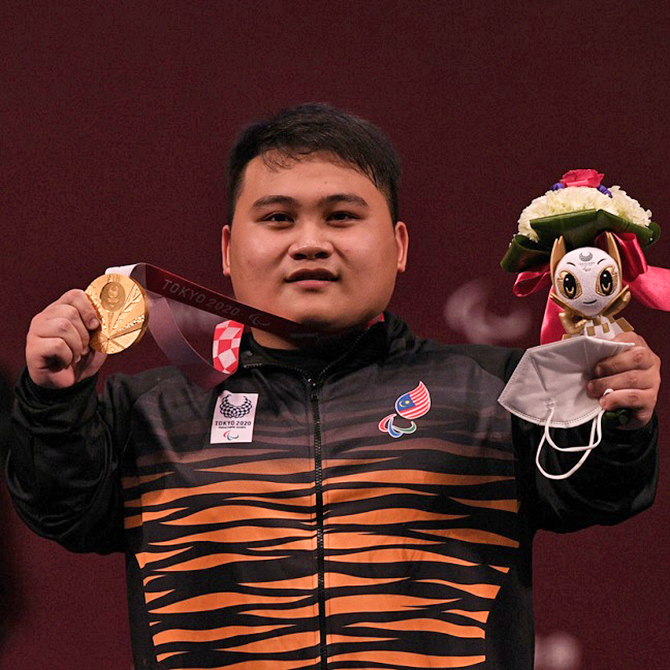
Bonnie Bunyau Gustin, a Sarawakian powerlifter born with congenital short stature, made his first debut in the Paralympics Games 2020 and bagged the first medal for Malaysia in his first games. Gustin had a huge lead throughout the event and managed to win gold in the Men’s under 72kg para-powerlifting event, even setting a new Paralympic record of 228kg. Although Gustin was not able to break his personal best and world record of 230kg, his gold medal achievement in the Paralympics 2020 Tokyo Games itself was an incredible feat.
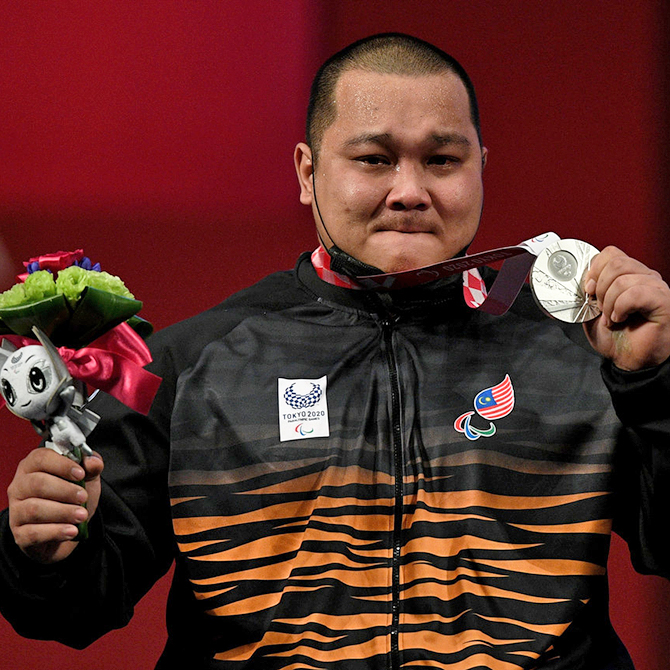
Jong Yee Khie, another powerlifter from Sarawak, secured a silver medal in the Men’s under 107kg para-powerlifting event. His family encouraged him to take up para-powerlifting in 2008 where he was recovering from a motorcycle accident in 2005 where his right leg got amputated. Jong managed to bag the silver medal in his category with a successful second attempt of 237kg. He has shown a huge improvement from the Rio Games in 2016, from when he did not have the chance to stand on the podium back then, to now bringing pride to his family and nation at home.
First Boccia Medal in Paralympics for Malaysia
Chew Wei Lun surprised the nation by winning a silver medal in boccia, which is still such an underrated sport. It is a precision ball sport which is mainly participated and competed by athletes with severe physical disabilities. Growing up from a tough childhood, Chew had to be independent from a young age, and boccia was the thing that was there for him. Defying all odds, Chew won a silver medal in his first Paralympic Games. Although he was defeated in the finals by 4–2, his success managed to promote the sport in Malaysia and opened many doors of opportunities for people like him in Malaysia to participate and compete in para-sports.
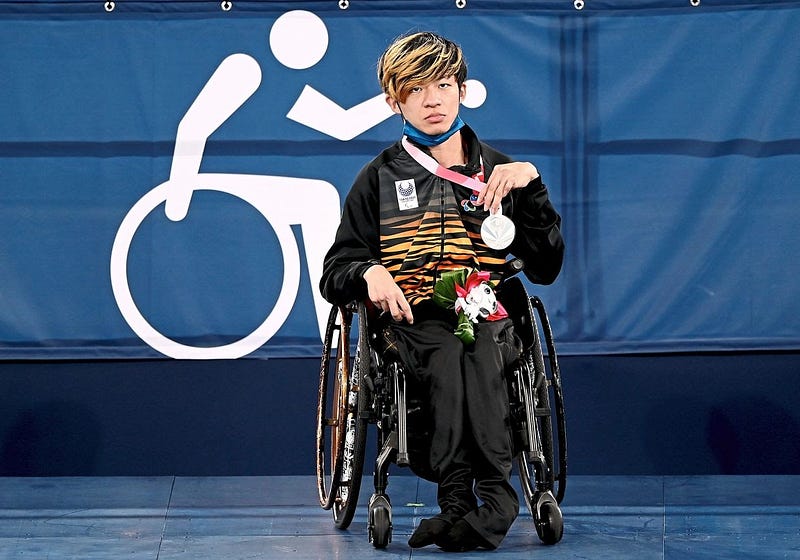
First Paralympic Gold in Badminton for Malaysia

Cheah Liek Hou, an 11-time world champion in both SU5 single and doubles events, finally had an opportunity to show off his skills on the court in the Tokyo Games. Not only did he win Malaysia’s second gold medal in the Paralympic Games 2020, he is also the first Paralympic champion in para-badminton. Cheah was born with Erb’s palsy, a form of paralysis in the upper arm due to injury of the nerves caused during development in the womb. As a result he is unable to lift his arm above his shoulder. Despite this, he has loved playing the sport since he was just nine years old. Cheah was part of the able-bodied national team before switching to the Para team. Thus, growing up, Cheah has competed with both the able-bodied and para-badminton players. Despite him being aware it will be nearly impossible for him to be at a top class level of able-bodied badminton, Cheah still worked hard towards his goal in the Para-team.
First Malaysian Athlete to Retain their Gold Medal in the Paralympics
Abdul Latif Romly was the talk of the town when he broke the world record in the Men’s T20 long jump event three times in the 2016 Paralympic Games. His record helped him earn the third gold for Malaysia in the Rio de Janeiro Games. He has done it again at the Tokyo Games, defending his title in the T20 long jump event. This would make him the first Malaysian para-athlete to win gold in two consecutive games. Latif has an intellectual impairment which affects his daily life. He took up long jumping when he started school where athletics was a compulsory activity, and has proven his talent in this sport time and time again. Besides retaining his title in the Paralympics Games, Latif was named the 2016 Sportsman of the Year at the Malaysian Sports Awards and was the first para-athlete to have received this award.
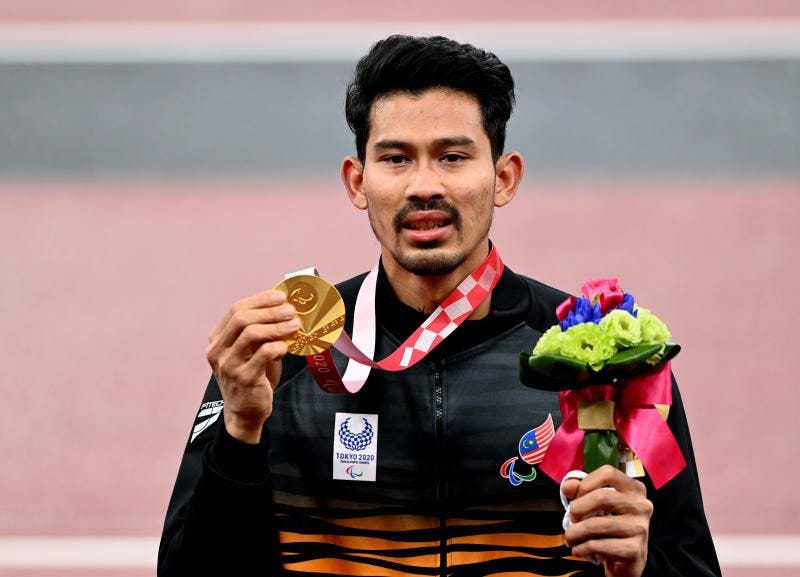
Media Coverage of the Paralympics
The lack of coverage and exposure of the Paralympics is no surprise to many. Compared to its counterpart, the Olympics, the Paralympics gets significantly less attention and coverage in the media. Malaysia alone does not even celebrate the achievements of these athletes as much as compared to the elite athletes, one reason being the Paralympics do not garner as much attention and revenue as the Olympics. Therefore, there is a lack of support for Paralympians from the government especially in Malaysia. They tend to not invest in proper equipment and facilities for them, thus the lack of a comfortable practice environment sometimes discourages the athletes from performing to their fullest potential.
There is also the lack of proper representation of people with disabilities in the media. Oftentimes whenever someone with a disability succeeds in something, the media highlights how they are able to overcome their disability and how heroic and brave they are instead of bringing the audience’s attention to their achievements. In the Paralympics, more often than not the media uses the word “participate” instead of “compete”, but we rarely see them using these terms when it comes to Olympians. This could suggest that the Paralympics is a mere achievement compared to the Olympics as it is not seen as a competitive environment. These stereotypes reinforce the idea that people with disabilities are nothing more than their physical and mental challenges. This devalues the hard work of Para-athletes suggesting that anyone with a disability can gain success in sports as long as they tried hard enough. It perpetuates the idea that Paralympics are “easy” and “not as challenging” as the Olympics when thousands of Paralympians have worked just as hard as able-bodied athletes. Without proper representation in the media, it causes many people to steer away from the Paralympics and not take an interest in it, sometimes referring to them as the “other less important” Olympics.
In recent years, para-sports have been gaining more attention in Malaysia due to its increasing success in the Paralympics and other major international para-sport competitions. Despite this, there is still a lack of media coverage for these athletes as compared to able-bodied athletes. Why does this happen? There is still a lack of education and understanding of different disabilities and impairments in Malaysia. In public, facilities are still not universally accessible and even so there are still people who misuse those facilities. I remembered in high school, students and teachers would use the term “cacat” to insult and make fun of able-bodied people when they portrayed certain actions that might imitate what a disabled person might behave. Not only is this very disrespectful to the disabled community, it is ableist and it implies that something is wrong and weird with having a disability. Malaysians are still not taking the disabled community seriously, especially if it is an invisible disability such as learning impairments. This is why the media coverage of the Paralympics is so important. The Paralympics show the world that the athletes are humans too, and just like Olympians, their achievements and successes deserve to be celebrated and recognised as well. News outlets in Malaysia should cover and tell the stories of Para-athletes in order to gain the attention of Malaysians and thus increase the amount of support and viewers of the Paralympics in Malaysia.
Paralympics: Now and Future
The Paralympics has slowly increased in popularity over the years, but it still remains quite unknown compared to the Olympics. As we await for the next game in 2024 Paris, we should educate ourselves on the importance of having inclusivity and representation in the sports world. Actively learning and changing our views and perceptions on people with impairments can help the Paralympics reach a height where it deserves to be.
[Written by: Chow Anne Rose]
References:
https://www.malaysianow.com/news/2021/09/03/behind-malaysias-paralympic-success/
https://www.juntendo.ac.jp/athletes/sp/en/history/
https://www.buro247.my/lifestyle/news/medals-firsts-malaysia-tokyo-2020-paralympics.html
https://hype.my/2021/244484/national-paralympian-chew-wei-lun/

